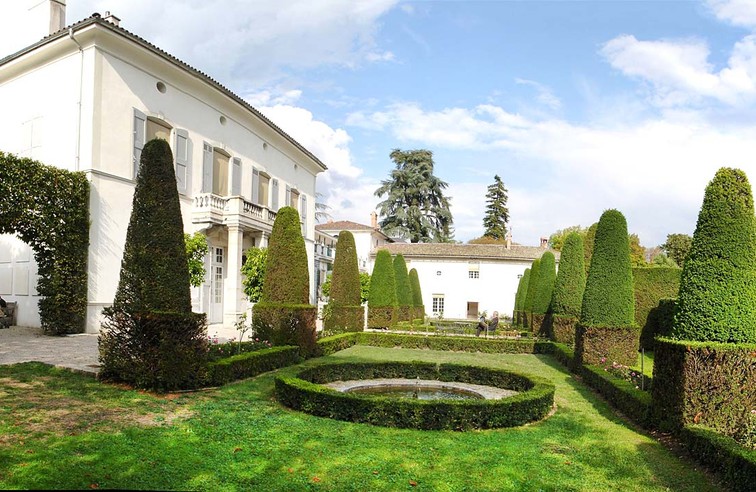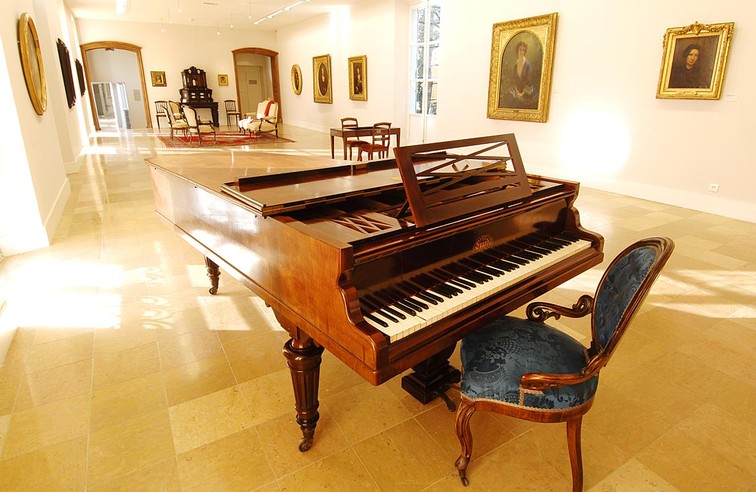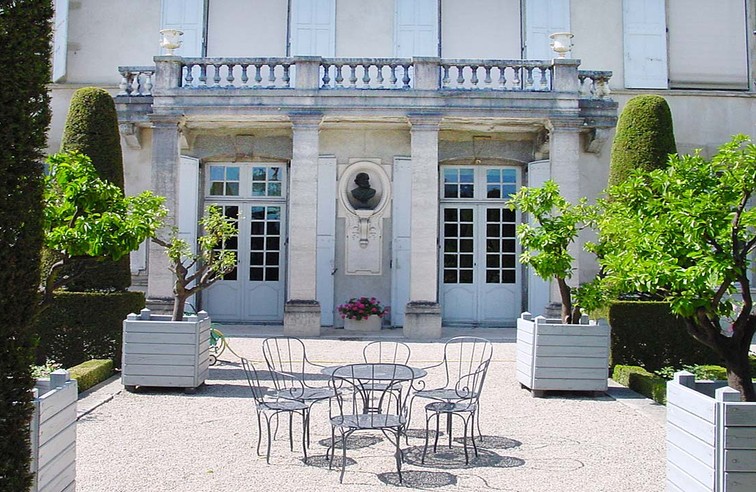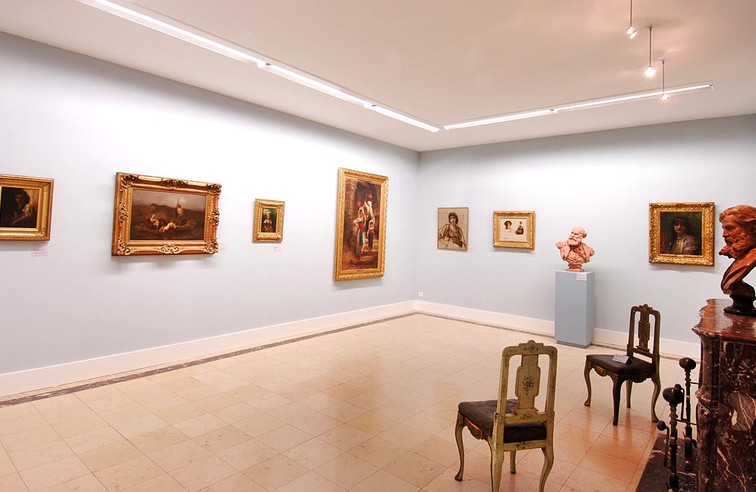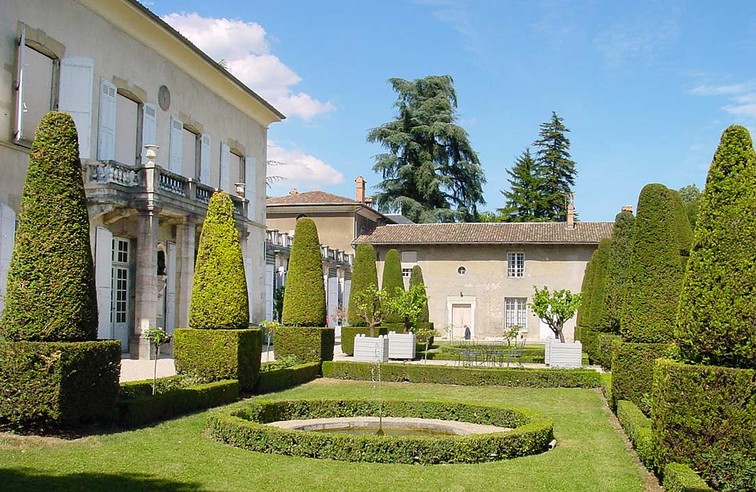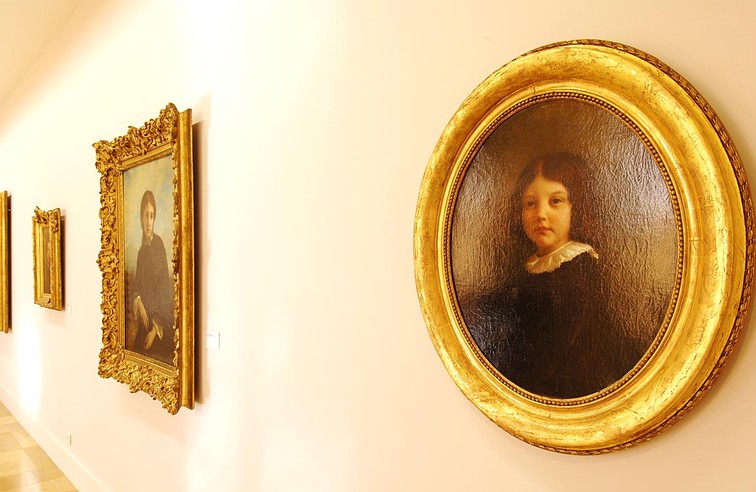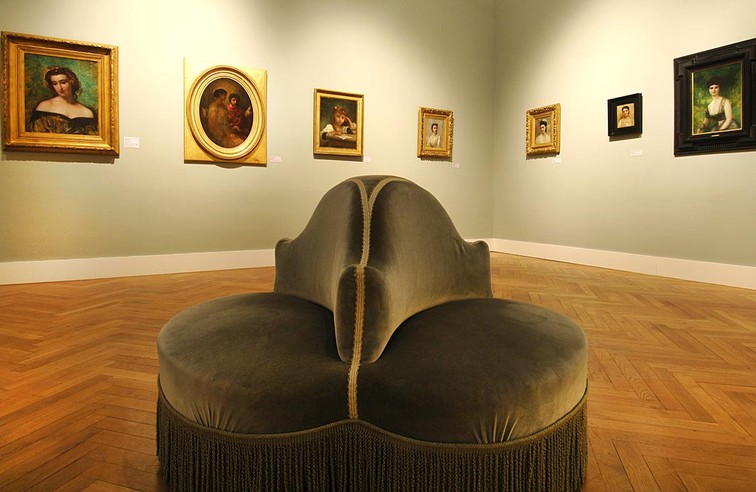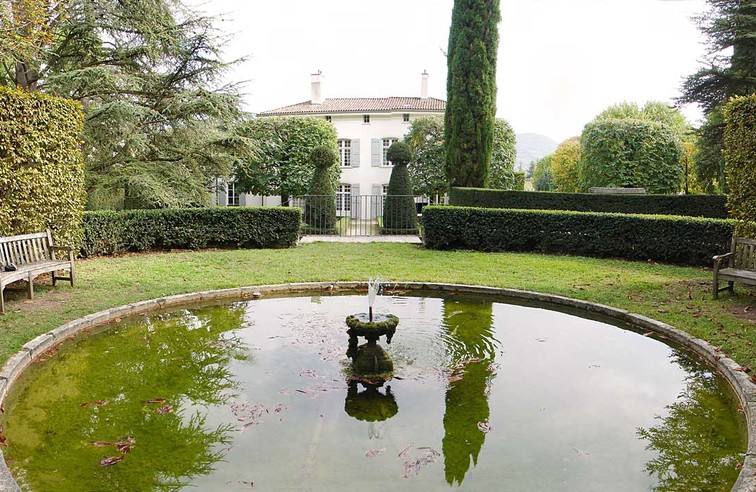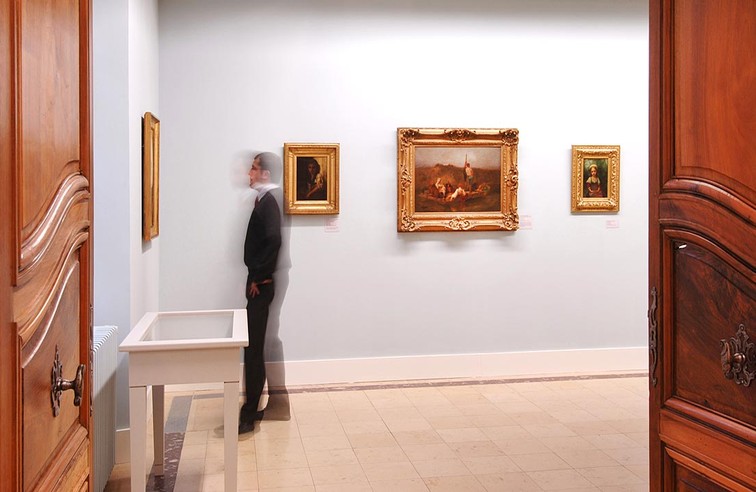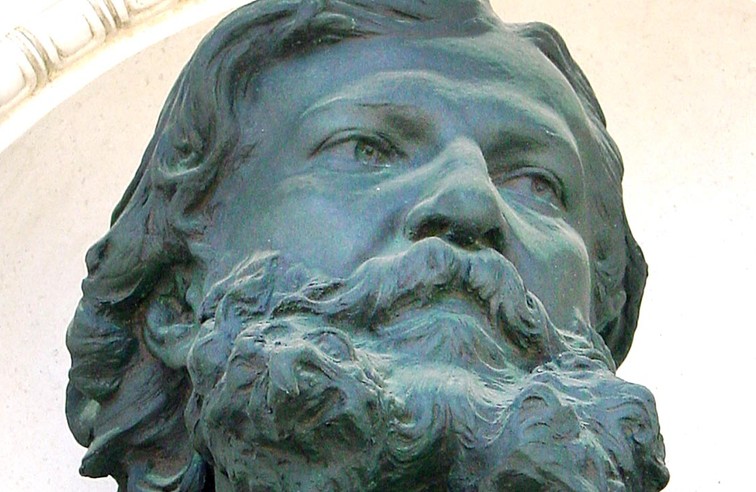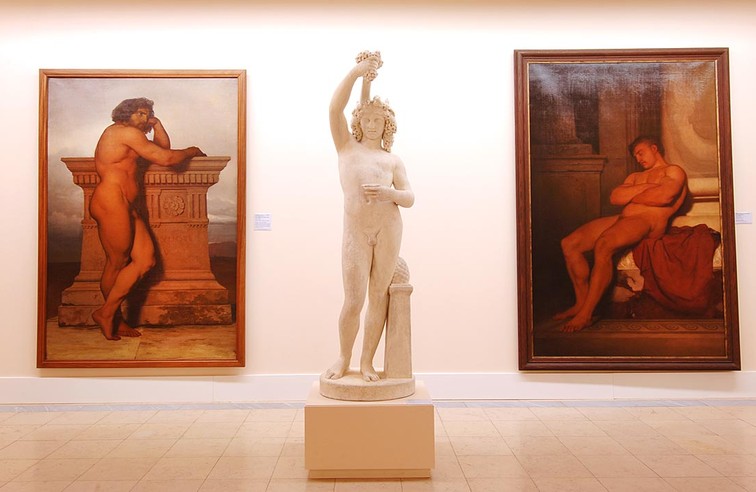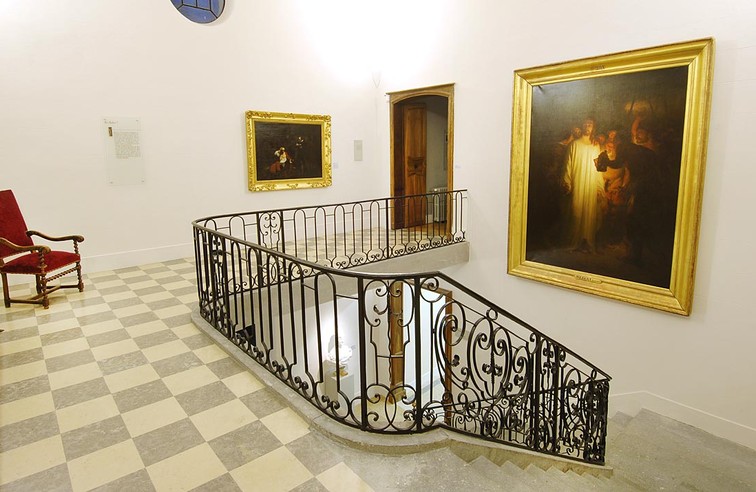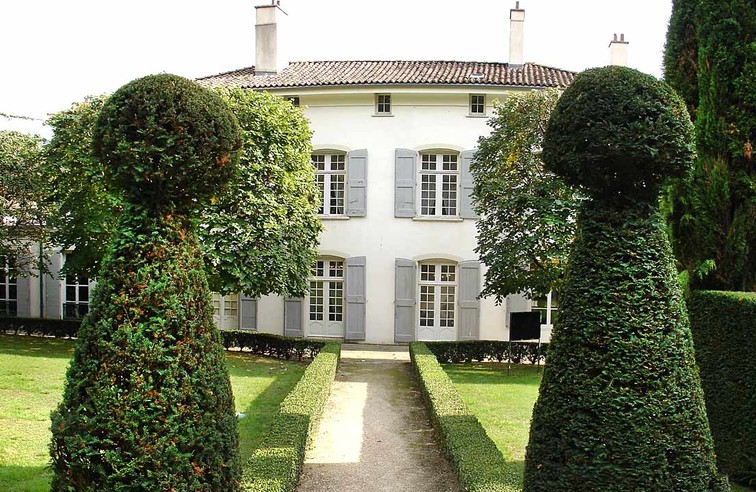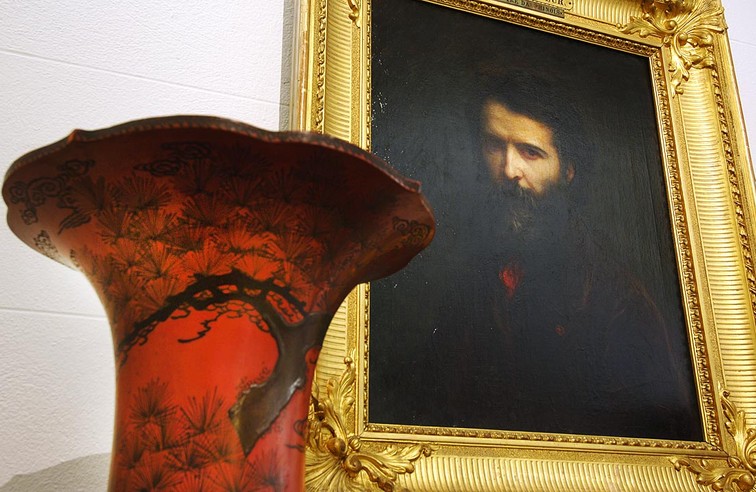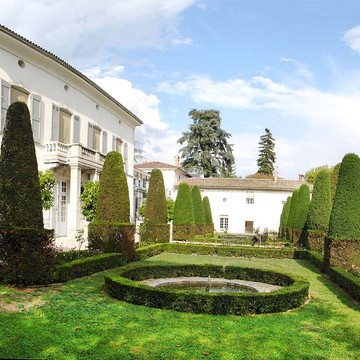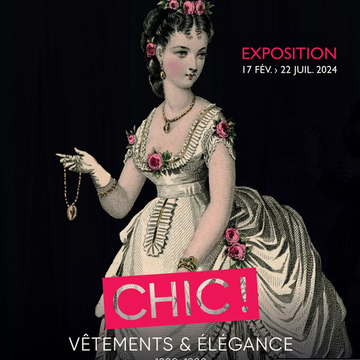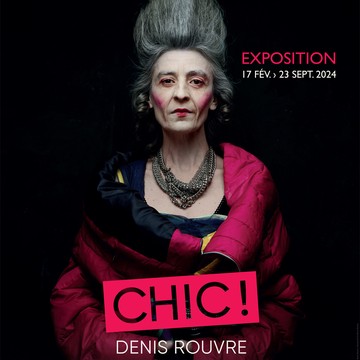Museo Hebert

La antigua residencia del pintor Ernest Hébert (1817-1908), calificado como "Casa de los ilustres", es un testimonio raro de casa de artista en la región Rhône-Alpes.
Seguir leyendo Voir moins
The Hébert museum of La Tronche is a somewhat unusual museum: sheltered behind walls, this two and a half hectare estate has protected itself from the wears of time. The artist's house has held onto the spirit of the place and the intimate character of a family house. The garden, sometimes hidden in the shadows, still holds onto the artist's memories of Italy. The museum, as soon as it opened in 1979, set a double mission for itself: encourage a better knowledge of 19th century art through the artist's collection and to promote contemporary artists, both aspiring and confirmed.
The permanent exhibit halls take the visitor on a journey through Ernest Hébert's long artistic career via his works and those of his friends. They illustrate the academics, whose complexity and importance we are rediscovering today and which sheds light on official art. Between the romanticism of Eugene Delacroix and the symbolism of Gustave Moreau, Hébert paves the way for a deeper understanding of 19th century aesthetic movements.
The painter
Ernest Hébert (1817-1908), after having studied at l'Ecole des Beaux Arts de Paris and winning the Grand Prix of Rome for historic painting, became famous with "La Malaria" which he presented at the 1850 Salon. A flourishing career was set before him and he shared his time between France and Italy, where he served twice as director of the Academy of France in Rome (1867-1873 and 1885-1890). He very soon became a sought-after portraitist for high Parisian society during the Second Empire and Third Republic, where he frequented upper class salons. Hébert keenly expressed the poetry and secrecy of his feminine models, but it was in Italy that he found the most inspiration, preferring to depict rural scenes imprinted with a melancholic realism. He was responsible for the mosaic on the apse of the Pantheon, inaugurated in 1884.
The museum
Through a chronological and thematic layout, the museum presents Hébert's work plus the paintings and sculptures of his friends and students. His years of study, his life at the Villa Medicis, his stays in Italy, the two terms he spent as a director, and his Parisian career are presented.
The recreated studio has been restored to its original function.
The numerous drawings included in the collection are presented in rotation, in the drawing room, set up in one of the house's bedrooms (2nd floor).
The house
The house recreates the atmosphere that the artist knew with its period furniture and souvenirs, including the restored Laetitia Bonaparte salon. The impressive 17th century frescoes, uncovered during renovation work, depict the ancient history of the house. Numerous testimonies from Hébert's mentors—David d'Angers, Delaroche, his friends from the Académie de France in Rome, Gounod, Regnault,--and his patrons—Théophile Gautier or Princess Mathilde—evoke his career as well as illustrating the artististic wealth of the prolific 19th century.
The gardens
Set aside from urban life, the museum's park, with its shaded alleyways, rippling brooks, and trellises, has held onto the charm of the artist's "secret garden."
In 2004, it was recognized as a "Remarkable Garden," an award recently created by the Ministry of Culture and Communication. This label recognizes the garden's quality and charm, whose richness stems as much from its 17th and 18th century origins as from the modifications made by Ernest Hébert and his wife Gabrielle. The juxtaposition of well groomed, Italian style areas with English garden-type landscapes, the antique elements, and the numerous water basins are reminiscent of the Villa Medicis in Rome and make for an original setting, open freely to the public.
Pas de parking autocars, dépose du groupe possible.
2 wc dont 1 pour personne à mobilité réduite.
Tarifas
Métodos de pago- Metálico
- Tarjeta bancaria/crédito
- Consulte
Gratis.
Tarifa grupo a partir de 3 personas.
Periodo de apertura
Del 01/01 al 31/12 de 10 a 18.
Cerrado los martes.
Se cierra, excepcionalmente los días 1er de enero, 1er de mayo y 25 de diciembre.
Instalaciones y características
- Mascotas rechazadas
- Accesible en silla de ruedas en autonomía
- Accesible en silla de ruedas con ayuda
Acceso
Autoroutes et routes :
A 48 et A 49, sortie Grenoble-Bastille
A 41, sortie La Tronche-Sablons
D 590
Tramway et ligne de bus urbaine :
Tramway ligne B, arrêt La Tronche-Hôpital, puis bus TAG n°13, arrêt Musée Hébert
- Latitud: 45.205506
- Longitud: 5.751109
Entorno
- Cerca de una parada de transporte colectivo
- A las afueras de la ciudad
 Nos engagements éco-responsables
Nos engagements éco-responsables